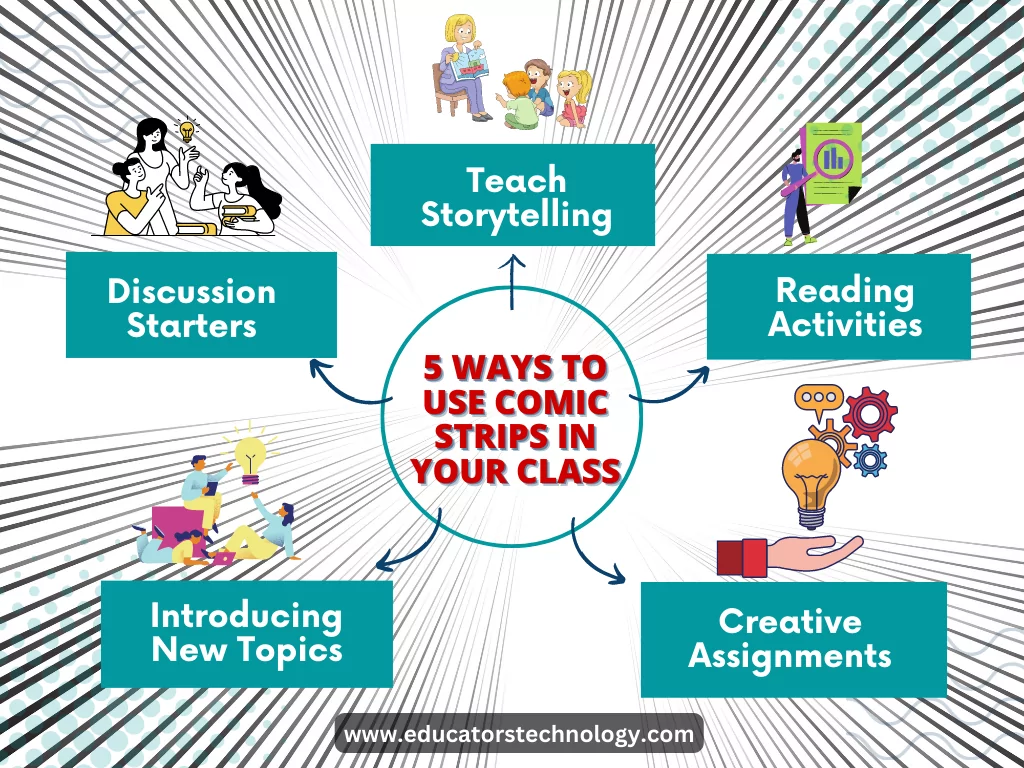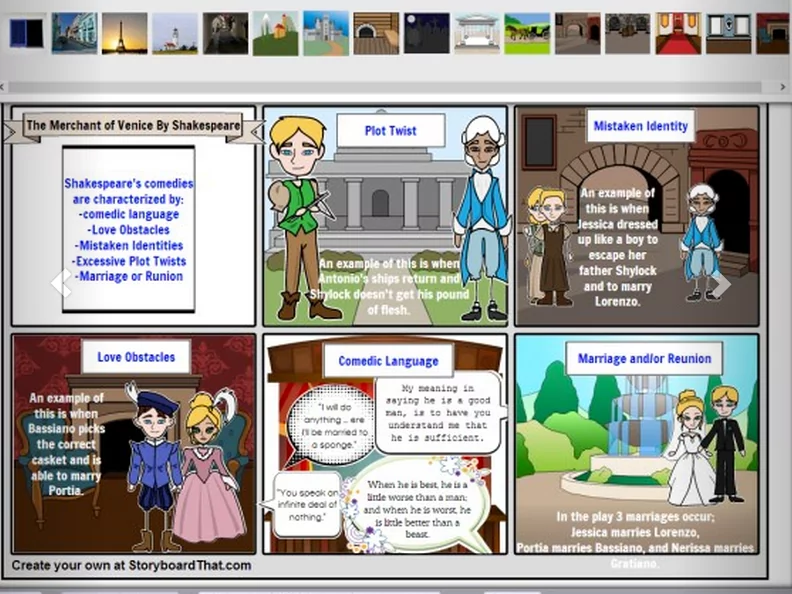If you’re anything like me, you’ve always had a soft spot for the unique blend of art and narrative found in comic strips. Whether it’s the lighthearted humor of “Peanuts” or the poignant storytelling in “Calvin and Hobbes,” comic strips have a way of connecting with us on multiple levels.
It’s not just us adults who love them, though. Our students do, too! Comic strips have a special way of capturing the attention and fueling the imagination of younger minds. And, they’re not just entertaining – they’re a powerful educational tool, too. By engaging both the verbal and visual centers of the brain, they can be instrumental in developing literacy skills, enhancing creativity, and promoting critical thinking.
But the magic of comic strips isn’t just in reading them – it’s in creating them, too. Imagine empowering your students to become storytellers and illustrators in their own right. Picture the surge of creativity, the thrill of putting pencil to paper and breathing life into characters and plots. That’s the beauty of comic strip makers. They open up a world of possibilities for students to express themselves, learn new concepts, and simply have fun while learning.
In this post, we will explore some of the best comic strip makers out there that can transform your classroom into a dynamic, engaging, and highly creative environment.
Tips on Using Comic Strips in Teaching
Comic strips can be a fun and effective way to engage students in learning. Here are some tips on how to use them in teaching:

- Teach Storytelling: Comic strips are a fantastic tool to teach students about narrative structure, including the concepts of beginning, middle, and end, as well as the roles of characters and setting in a story. Here is more on digital storytelling tools.
- Boost Reading Skills: Comic strips can be used to improve literacy skills, especially for reluctant readers. The combination of visuals and text can make comprehension easier.
- Discussion Starters: Use comic strips as prompts for classroom discussions. You could select a strip that ties in with the lesson’s topic and ask students to interpret or debate the content.
- Creative Assignments: Have students create their own comic strips. This can be a fun way to assess understanding of a topic, reinforce learning, and promote creativity.
- Teach Sequencing: The sequential nature of comic strips makes them ideal for teaching sequencing. You can mix up the panels and have students put them back in order.
- Exploring Perspectives: Have students create comic strips that show different perspectives on a historical event, scientific concept, or literary conflict. This can deepen their understanding and analysis of the topic.
- Introducing New Topics: Use a comic strip to introduce a new topic in a less intimidating and more engaging way. It can be a fun method to hook students’ interest.
- Grammar Practice: Use comic strips to teach and reinforce grammar. You could remove the dialogue from a strip and ask students to write their own, focusing on using a particular grammar rule or set of vocabulary.
Best Comic Strips Makers for Students
There are several free comic strip makers students can use to design their own comic strips and cartoons. Below are some of my favourite recommendations:
1. Pixton

Pixton is a great comic strips maker to try out, It is simple and easy to use. It also provides a wide variety of ready-made templates to start with. Using Pixton comic builder students will be able to select backgrounds, add characters, insert different types of bubbles (e.g., speech, thought, shout, whisper), add text, and more.
The ‘Actions’ tab allows students to add poses (e.g., walking, running, pointing, standing, waving, etc). To add more panels to their comic, students click on Add panel in the left hand side. After completing their comic strip they can download, print, or share with others.
2- Make Beliefs Comix

Make Beliefs Comix is a great platform that students can use to practice their writing through generating comic strips. Students are provided with a wide variety of characters, objects, speech bubbles, and thought cubes to use to create their stories. After they are done they can download, print or share their work through popular social media websites.
3- Storyboardthat
StoryboardThat is another good option for creating comic strips. It provides a wide variety of services and options for students to tinker with when creating their comics . The free version gives you only 14 days trial and does not allow you to upload your own images to use in comics.
4- Google Drawings
Google Drawings is another good comic strip maker to consider. While it does not offer as many features and specs as the previous tools, it does have the basic elements students can use to create educational and fun comics. Students can upload images, change backgrounds, insert text and shapes, add speech bubbles and callout and experiment with their storytelling skills.
5. Comic Creator
Comic Creator is a useful tool from ReadWriteThink that students can use to easily design their own comic strips. The tool provides students with a variety of features to employ in the creation process. They can choose from different backgrounds, add characters and pros, and type in their textual input.
6. Canva Comic Strips Maker
Canva offers a comic strip making feature that enables you to create beautiful comics to use in your learning. The way Canva works is simple and easy. You can either search for pre-designed comic strips in the site’s library by typing ‘comic strips’ in the search box or you can choose a blank template to start from scratch.
Canva editor provides you with all the features and elements (e.g., callouts, speech bubbles, characters, images, etc) to use in your comic strips. Once your creation is ready, you can share it using a generated link, directly to third party sites, or publish it online for everyone with the link to view.
6. Book Creator
Book Creator is a versatile tool that can be used to create interactive and educational digital books, but one of its most engaging features is its comic strip maker. This feature allows students to bring their stories to life in a vibrant, visual format.
The comic strip maker offers a range of templates and panels, customizable speech bubbles, and an extensive library of shapes and stickers to design captivating scenes. It also supports the import of images, so students can incorporate photos or their own artwork into their comics.
But it doesn’t stop at visuals – with Book Creator, students can also add audio, video, and even Google Maps to their comic strips, taking their storytelling to a new level of interactivity. Whether used for creative writing, to demonstrate understanding of a concept, or to present research, the comic strip maker in Book Creator provides a dynamic and fun way to make learning come alive.






